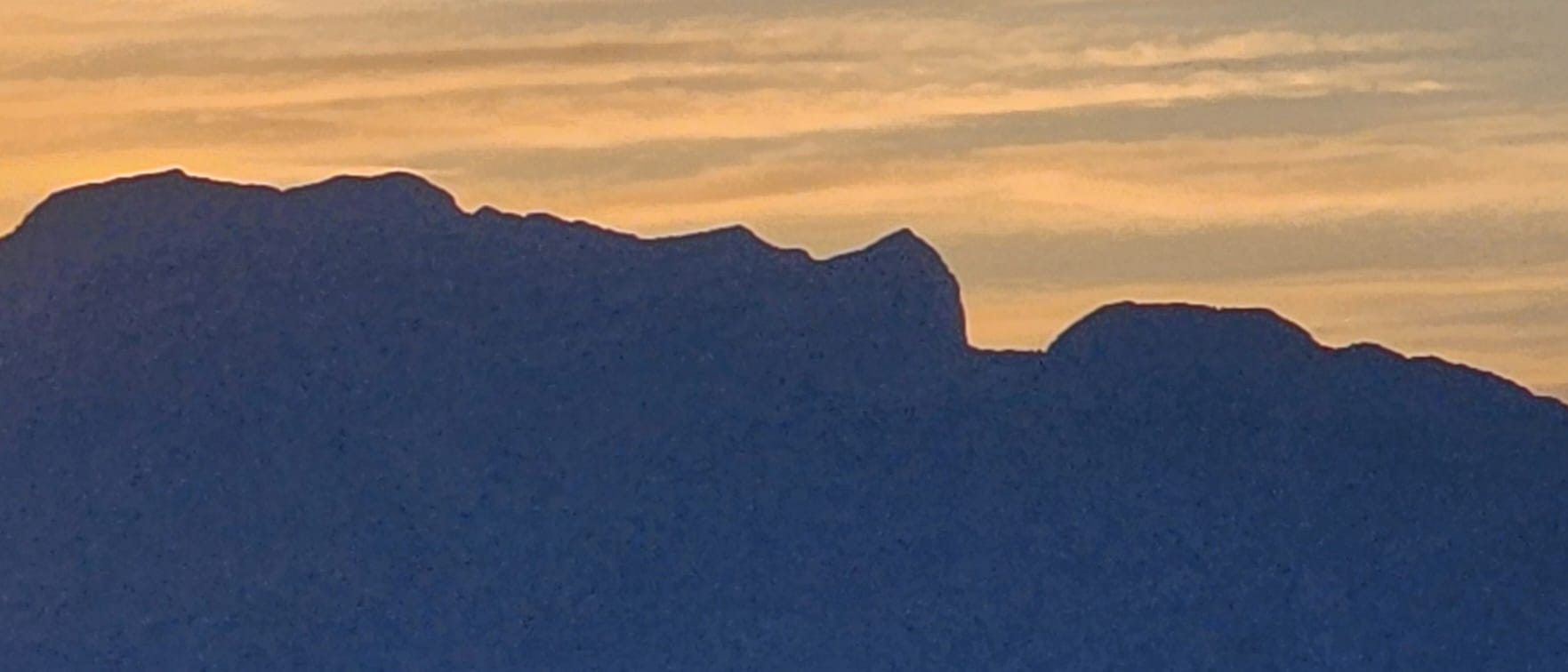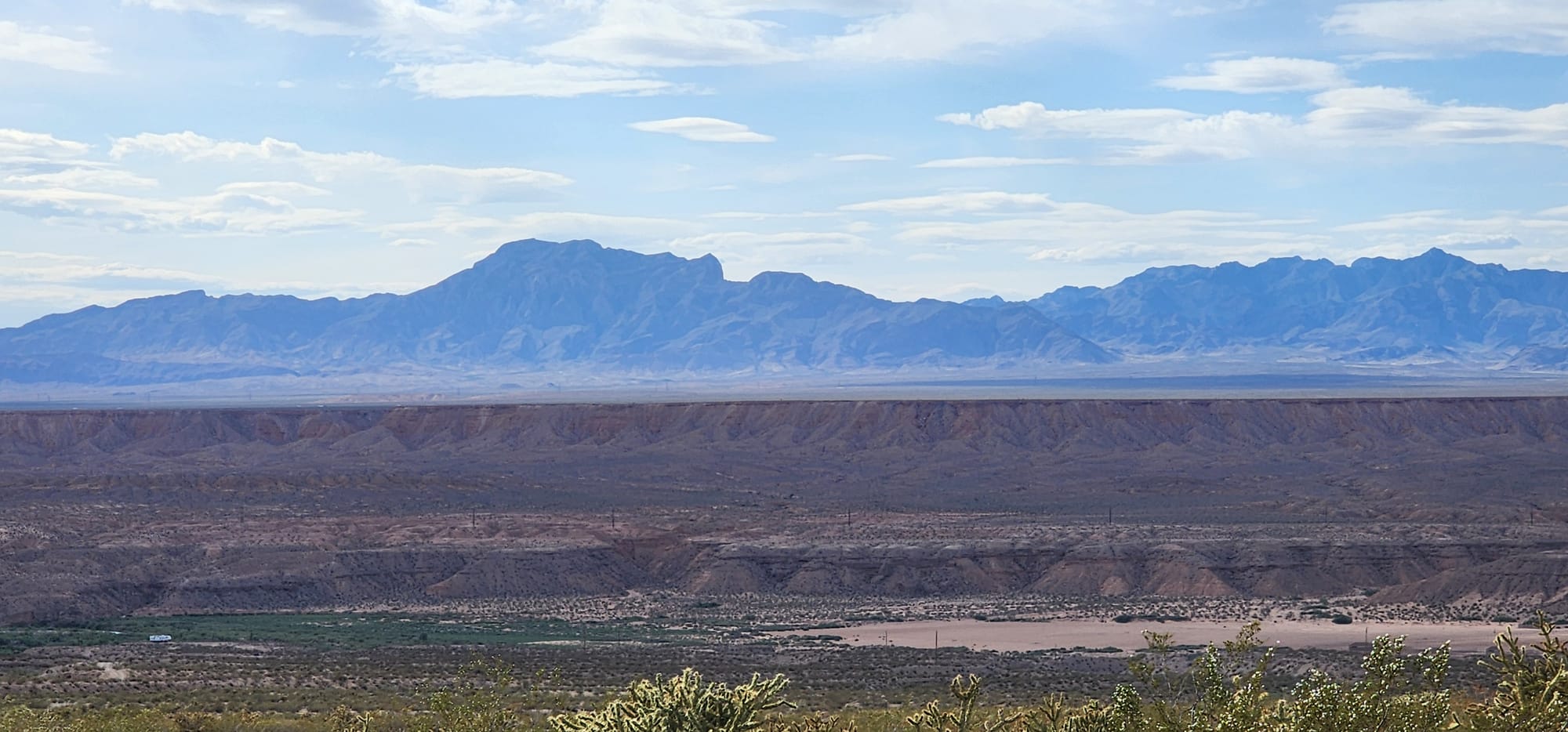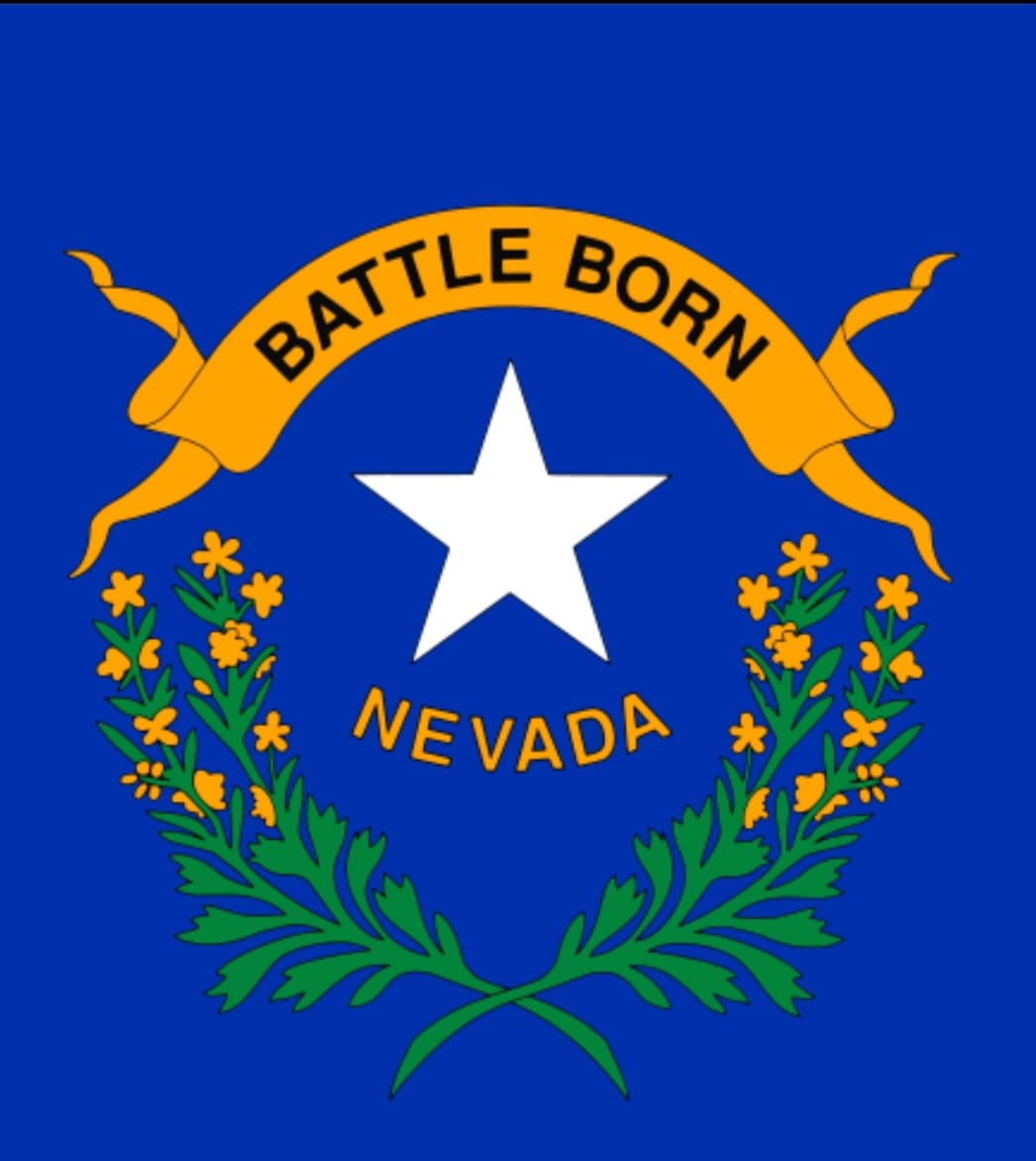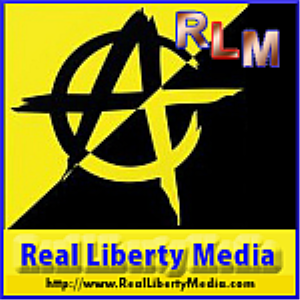Mormon Mountain: A Nevada Landmark with a Lincoln Connection
President Lincoln's Proclamation: Nevada Joins the Union

Nestled in Lincoln County, Nevada, stands a remarkable natural feature known as Mormon Mountain. This impressive peak isn't just a prominent landmark; it holds a fascinating connection to both early American history and the pioneering spirit of the West. The mountain range itself, along with its highest point, Mormon Peak, is named in honor of the early Mormon settlers who established communities in the area.
What makes Mormon Mountain truly unique is a distinct rock formation that bears an uncanny resemblance to the profile of President Abraham Lincoln. This natural silhouette, visible on the mountain, serves as a striking visual link between the rugged Nevada landscape and one of America's most iconic leaders. The presence of the mountain in Lincoln County further deepens this historical intertwining, reflecting the rich tapestry of Mormon settlement and the broader historical development of Nevada.

President Lincoln's Proclamation: Nevada Joins the Union

On October 31, 1864, President Abraham Lincoln officially declared Nevada a state, welcoming it into the United States on equal footing with the original states. This proclamation, known as Proclamation 119, followed an act of Congress approved on March 21, 1864.
This act, titled "An act to enable the people of Nevada to form a constitution and State government and for the admission of such State into the Union on an equal footing with the original States," set the stage for Nevada's statehood.
After the people of Nevada successfully formed a constitution and state government as required by the act, and submitted the necessary documentation to the President, Lincoln fulfilled his duty.
By his authority as President, Abraham Lincoln therefore proclaimed Nevada's admission into the Union.
This historic document was signed by President Lincoln and countersigned by Secretary of State William H. Seward, in Washington, D.C., on the 31st day of October, 1864, marking the eighty-ninth year of the Independence of the United States.
Images: Vincent Easley II • Face of the West • Mormon Mountains, Bundy Ranch, June 2025.
☆
